Stories from Abroad
International Travel is a required component of both graduate and undergraduate education here at Stamps. In 2012, MFA candidates traveled to locations across the globe in order to conduct research and pursue creative opportunities abroad. Here's a sampling from their travel reports...
Ann Bartges: Germany, Austria, France
I spent the first two weeks of my time abroad as a resident artist at the Institut für Alles Mögliche (Institute for All Possible) in Berlin. During my residency I developed a small video installation, Siren Song.
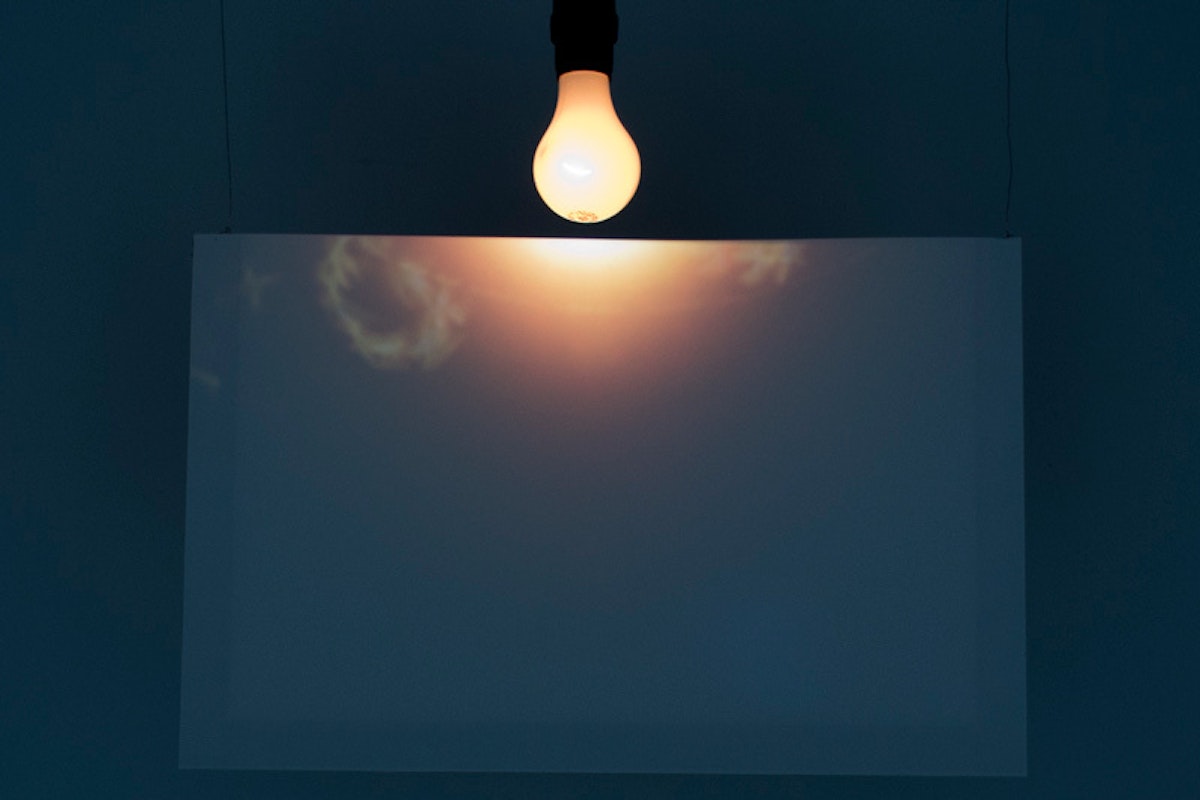
I spent a great deal of time at art venues. A few of my favorite exhibitions included: an Anthony McCall installation of fog and high-powered projectors in a gigantic dark space at the Hamburger Bahnhof Museum and a multi-venue solo exhibition of Alfredo Jaar.
Walking along the Danube one afternoon I came across a barge on the river that held a large swimming pool. From my vantage point on a bridge I had a perfect view of this isolated blue square of water sitting in a band of brown water. I marveled at the sight, as the barge functioned both as a public place of recreation and a highly aesthetic, almost hyper-real, inversion of use value.
Mia Cinelli: The Netherlands, Sweden, Finland
In Amsterdam, I visited Droog and Moooi showrooms, where I was able to observe and document specifically Dutch product design. A common theme I noticed was the ability of Dutch designers to recontextualize objects to create new meanings.

In Sweden, James Thompson (HDK, MA 2010) designs watch-straps, rings, bracelets, and other custom jewelry out of Corian scraps and samples, establishing a unique, as well as sustainable, design practice creating durable, beautiful, hand-crafted jewelry.
Many of my experiences were unintentional design experiences; subway stations in Stockholm are built into natural underground caverns, which are then customized by artists and designers.
John Gutoskey: Spain
I spent three weeks in Spain this past May gathering visual research and searching for inspiration. I was especially interested in reliquaries and monstrances, as well as how sacred energy (especially in the form of halos or light rays) was represented in these religious relics and in paintings, sculptures, and other arts.
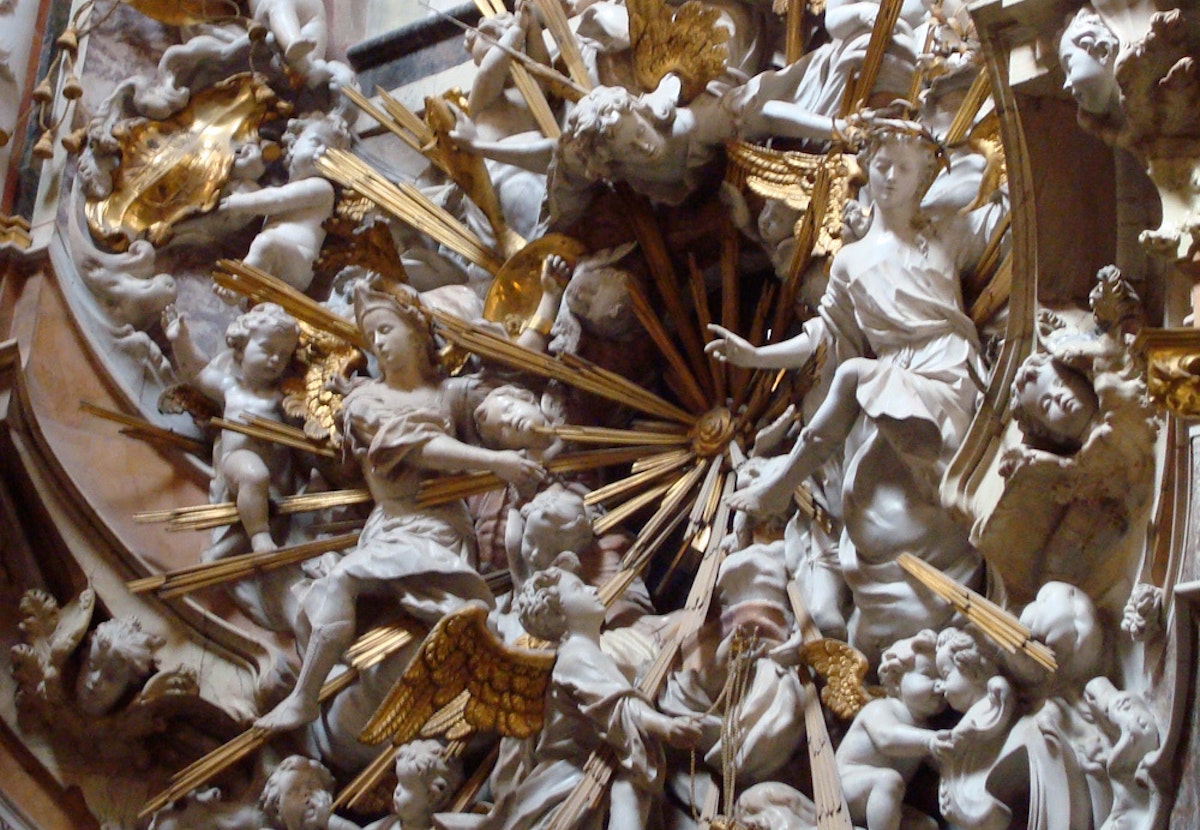
I rented a studio apartment in the centrally located Malasaña neighborhood in Madrid for two weeks. The neighborhood has a punk/rock-n-roll vibe, and has been used as a location for several Pedro Almodovar films. It is reminiscent of the East Village in NYC.
I also spent some time walking through the gigantic Retiro Park with its tree-lined avenues, man-made lake and half-moon colonnade. I visited the glass Palacio de Cristal and the Palacio de Velázquez which are used by the Reina Sofia as satellite galleries. I saw a retrospective exhibition in these two spaces of the Spanish experimental artist Nacho Criado that included installation, sculpture, photography, and video.
Juliet Hinely: Germany
My time in Berlin revolved around Kulturpark, a public research and creative project in an abandoned amusement park in former East Berlin. I was the Production Assistant on this endeavor, and worked directly with the curators to produce 6 weeks of programming leading up to the opening night. I got to work with 20 Berlin-based artists and designers, do an enormous amount of on-the-ground problem solving, and spend a lot of time amongst the defunct thrill rides and the jungle plants that have grown over them since the park closed in 2001.
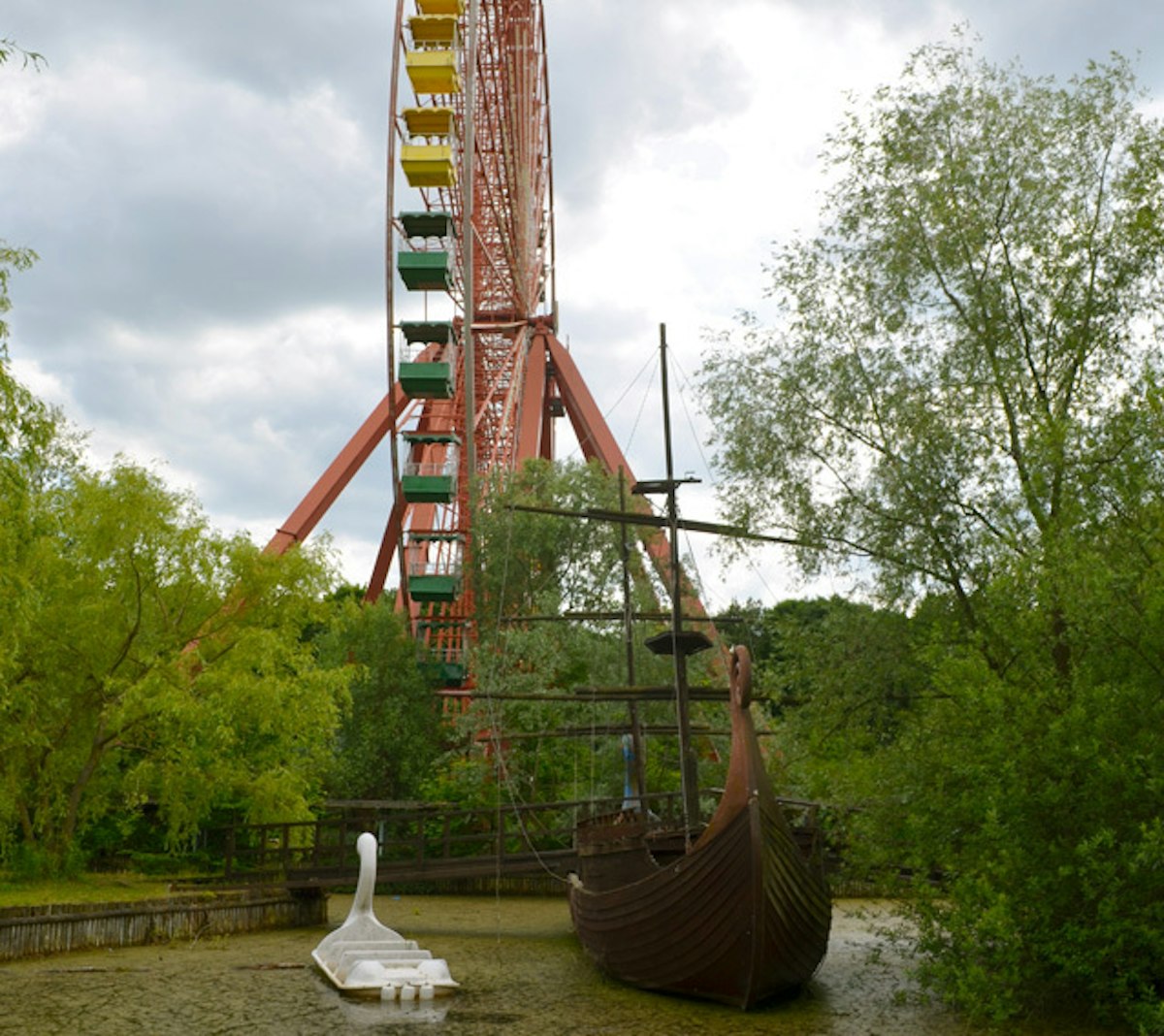
I loved the thriving impromptu art culture in Berlin. Installations and performances popped up in public spaces all the time. On my second-to-last night in Berlin, I created my own pop-up project at the Kulturpark opening party. While booking the venue for the party, I learned that the site had been a public swimming facility in the 1920s. The large meadow-like field in the center of the park had been the main pool. With visions of bathing-capped beauties dancing in my head, I rallied five girlfriends to don bathing suits and join me as synchronized swimmers in the field.
On my last day in Berlin, I took the first train out to Kassel, Germany, to see the Documenta 13 contemporary art exposition. At the top of my must-see list were two works by sound artist Janet Cardiff, one of which instantly became my favorite work of art ever experienced. The piece, Alter Bahnhof Video Walk, guides viewers through the old train station via video ipod and binaural audio narration that is part history tour, part personal narrative, and constantly blurring the line between present moment and memory.
Peter Leix: Iceland
During the first two weeks of my experience I volunteered on an organic farm in the east of Iceland, which I found through the website wwoof.org. Iceland is making a transition from imported foods and oil to using clean geothermal power to power greenhouses to produce food year-round.
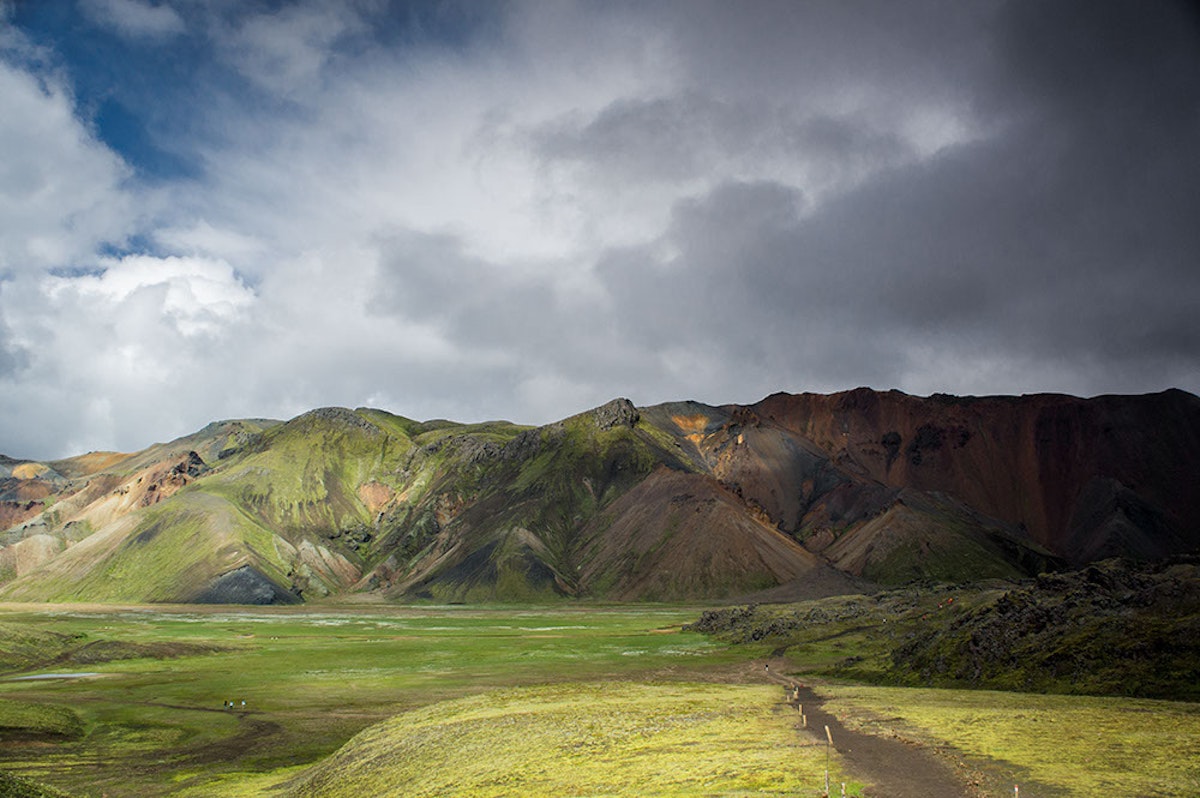
I fought off a gang of Arctic Terns, the nastiest birds I ever hope to meet, to get to a black sand beach where I found this old wreck. Minutes afterward, a windstorm arrived, causing me to run with my cameras hidden inside my shirt through the cloud of dust.
I spent the last two days I had in Iceland at Jökulsárlón, which is a lagoon where 1,000 year old glaciers meet their final demise. I found this place visually arresting and stayed and shot 10+ hours of video each day. It was emotional to see the direct consequences of global climate change .
Kayla Romberger: France, England and Albania
The goal of the trip was to link, through creative work and material studies, the intangible nature of paranoia and fear of disaster that persists in places where food, shelter and safety are largely now secured. I wanted to record specific examples of various monuments and bunkers that symbolized survival in European history - ones that had once required enormous resources in their construction, but that ultimately failed.
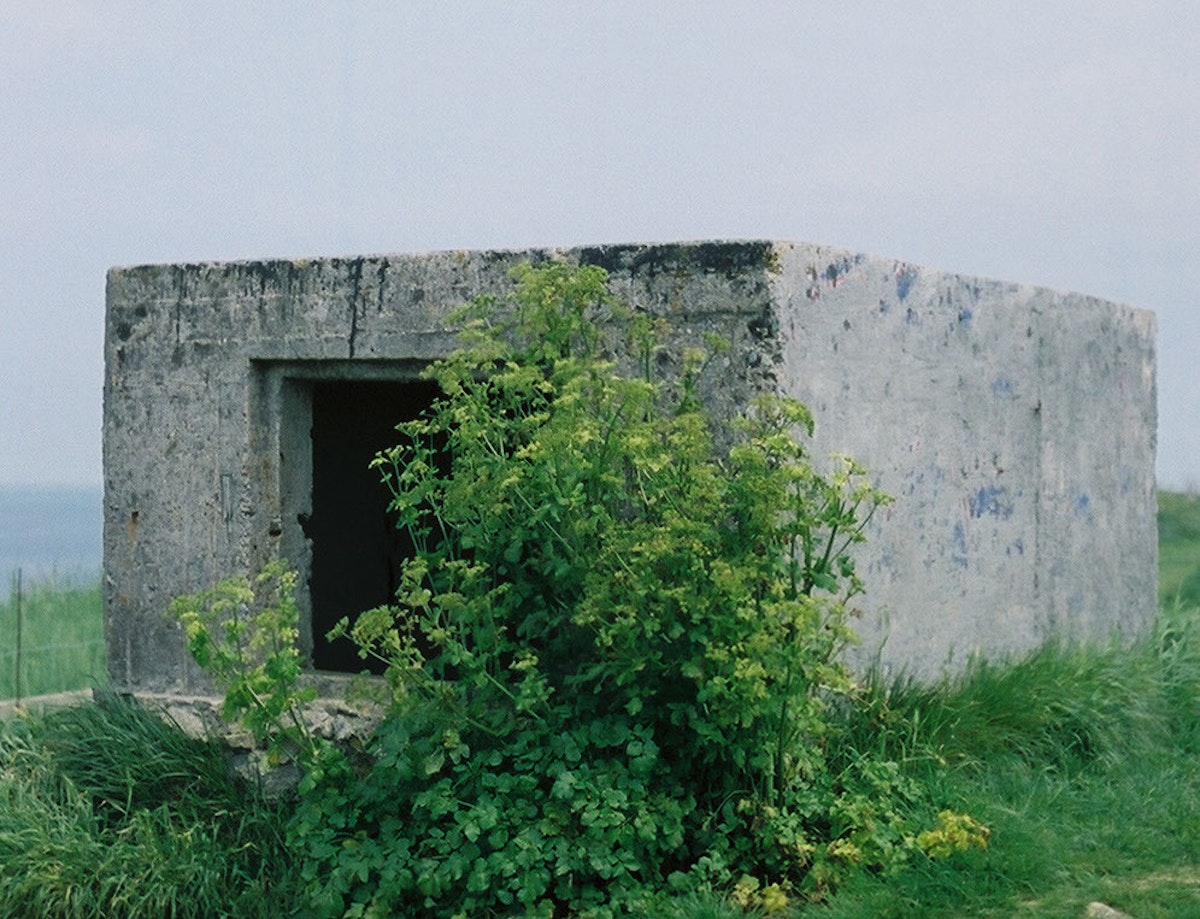
The thousands of remnants of WWII and the Cold War that I recorded across Western and Eastern Europe were charged with the reality of death. Whether or not they had proven useful in their time, they were now coupled with the collective care and resources brought by thousands of visitors who called for their continued preservation and reverence.
Once a museum dedicated to the dictator, and later a performance space, Enver Hoxha's space-age monument in Tirana, Albania now lies empty, slated for demolition. Albania is now in the process of removing, one-by-one, all of the hundreds of thousands of bunkers that I had expressly come there to see.
Katie St. Clair: Indonesia
After landing in the huge city of Jakarta, I began my journey in Java by heading east with my backpack. I woke up hours before dawn to be dropped off in a village high in the pitch black mountains. With a gesture, my non-English speaking driver invited to guide me up Gunung Bromo to watch the sun rise. I hiked Ijen Crater the next day to photograph the bright yellow sulfur that sat heavy in my lungs, then made the ascent back to the precipice.
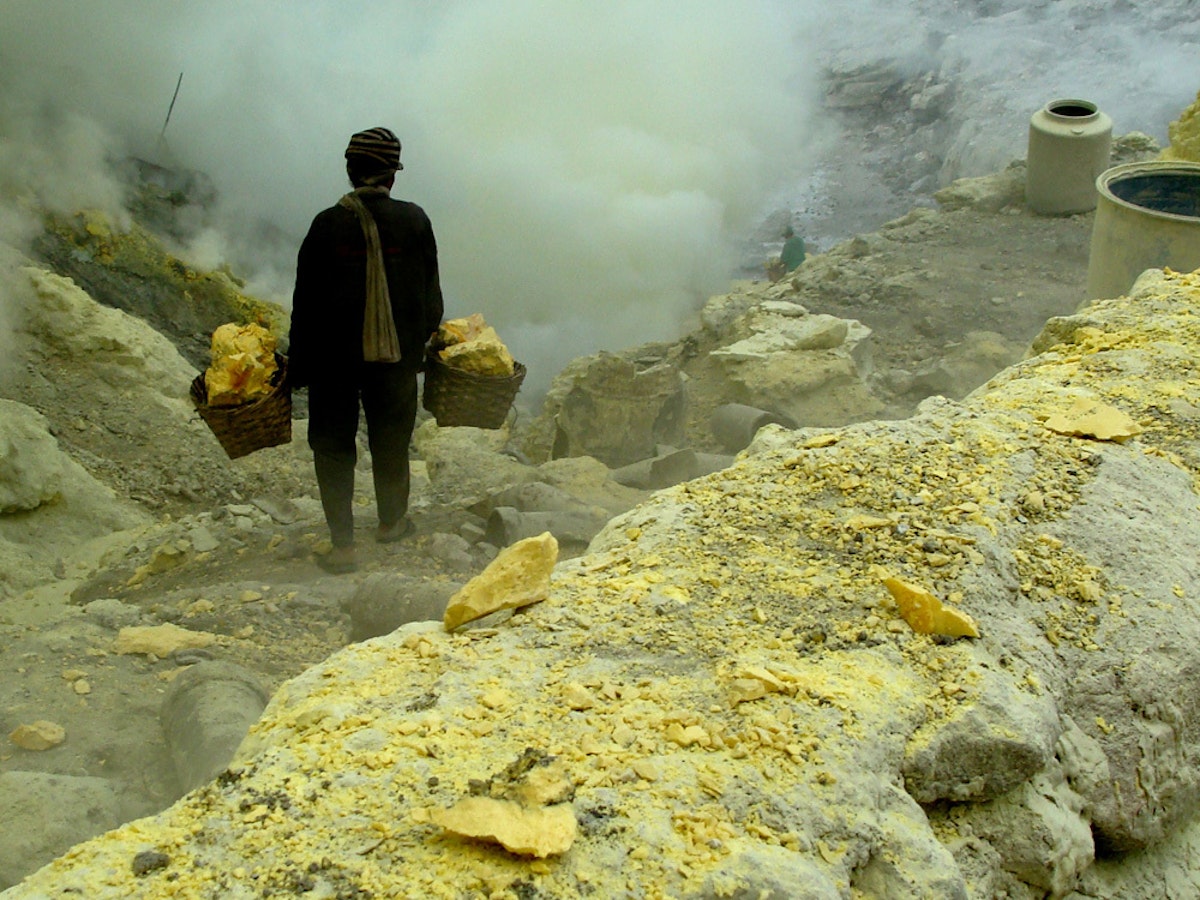
While in Java, I experienced a never-to-be-forgotten death ceremony. Once every five years, 25 bodies are exhumed, and the bones cleaned by hand. Hundreds of people gathered for this event, and watched while family members pass the skulls to one another, their foreheads touching the skulls. After much celebration and gifts, the bones are cremated and sent to sea in a coconut shell.
Trash was everywhere. There was little or no way to dispose of it besides burning it or throwing it to the ground. Plastic bags, sealed cups of water, bottles of all shapes and sizes, juice boxes, individually wrapped slices of bread, clove cigarette butts and old staple offering baskets dusted even the most picturesque views and left a history of waste for me to discover. I was captivated by the lack of concern for the colorful trash confetti. It seemed so out of place in a land with such awe-inspiring natural beauty.